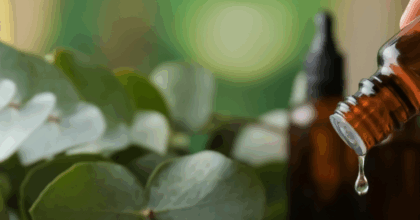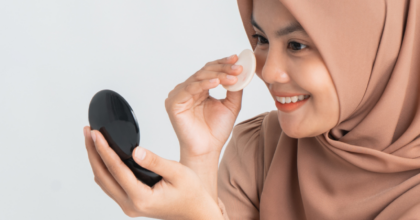Slow growth in painkillers is a headache for analgesics
It’s the morning after the night before and while World Cup performances may bring on a headache for some, latest research from Mintel finds the number of Brits reaching out for headache tablets has dramatically fallen over the past 5 years.
Today, around seven in ten (72%) or 36.5 million Brits take painkillers, down from over eight in ten (82%) or 40 million in 2004. But while the number of Brits taking painkillers has declined, the number of people suffering from headaches is up from 59% in 2004 to 63% in 2009, making headaches the nation’s most common ailment. Meanwhile, colds and flu (60%) and bad backs (41%) make up the remaining top 3 ailments. Overall, some form of pain is suffered by almost nine in ten adults.
Today, more than eight in ten Brits (84%) claim to always keep a supply of painkillers at home. Over half claim that they usually wait for the pain to go on its own, without taking anything for it. Exercising an air of caution, 27% of Brits wait until they are really suffering before taking medication, while 13% take them at the first sign of any pain. Around one in ten people (9%) worry about using painkillers too much.
Jane Westgarth, Senior FMCG Analyst at Mintel said:
“While number of headache sufferers is increasing, it seems fewer and fewer Brits are reaching out for headache tablets. One reason for the move away from this medication may be thriftiness as a direct impact of the recession, with Brits looking towards saving money on their medication. The trend towards self-medication has also had a negative impact on the market. “
Just as usage in analgesics has declined, growth of consumer spending on analgesics has slowed in the last two years. The market rose from £620 million in 2009 to an estimated £627 million in 2010, up just 1%. Comparatively, during 2005-10, sales grew by 11% including inflation. Within the market, there has been explosive growth of sales of lower-priced own-label remedies up 23% between 2008 and 2009. With a view to saving pennies, today some 51% of Brits are happy with own label painkillers, and 19% buy the cheapest available.
“Many own label products offer considerable cost savings to consumers and, in the recession, some consumers have re-evaluated their spending priorities becoming thriftier and trading down to cheaper alternatives. “Jane continues.
Tablets and caplets are the most popular analgesics, due to their wide availability and cheaper prices but value share is falling, because cheaper own-label drugs are gaining market share. Between 2007 and 2009 sales fell by 1%, leaving tablets with just under half of the market and sales of £303 million. Capsules grew sales by 23% over the same two year period to reach 23% of the market by value. Many of the newer added-value products have adopted a capsule format, helping to grow demand. New product development has helped to arrest decline for paediatric formulations, which saw a slight downturn in sales of almost 4% between 2007 and 2009 to £80 million. Topical painkillers have also enjoyed new product developments, particularly patches for relief of back or joint pain, sales of this format grew by 6% between 2007 and 2009 to reach £67 million.
-
Discover your next big breakthroughGet smart fast with our exclusive market research reports, delivering the latest data, innovation, trends and strategic recommendations....View Reports
-
2026 Global PredictionsOur Predictions go beyond traditional trend analysis. Download to get the predictive intelligence and strategic framework to shape the future of your industry in 2026 and beyond. ...Download now
-
Are you after more tailored solutions to help drive Consumer Demand, Market Expansion or Innovation Strategy?Ask for a customised strategic solution from Mintel Consulting today....Find out more































